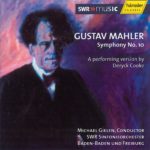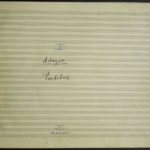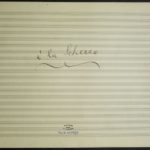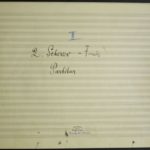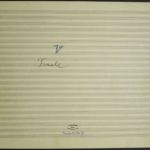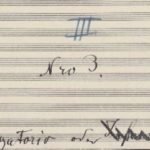
170 bars drafted in short score, the first 30 bars of which were also drafted in orchestral score.
The Purgatorio movement (originally entitled Purgatorio oder Inferno (Purgatory or Hell)) but the word "Inferno" was struck out, is a brief vignette presenting a struggle between alternately bleak and ...

Woodwind
- 1 Bass clarinet Bb. (Cooke)
- 4 Bassoon.
- 3 Clarinet A.
- 3 Clarinet Bb.
- 1 Clarinet Eb.
- 2 Contra bassoon.
- 1 Cor Anglais (English horn). (Cooke)
- 4 Flute. Solo in Movement 5: Finale. Langsam, schwer.
- 4 Oboe.
- 1 Piccolo.
Brass
- 4 Horn F (French horn).
- 4 Trombone.
- 4 Trumpet. ...

